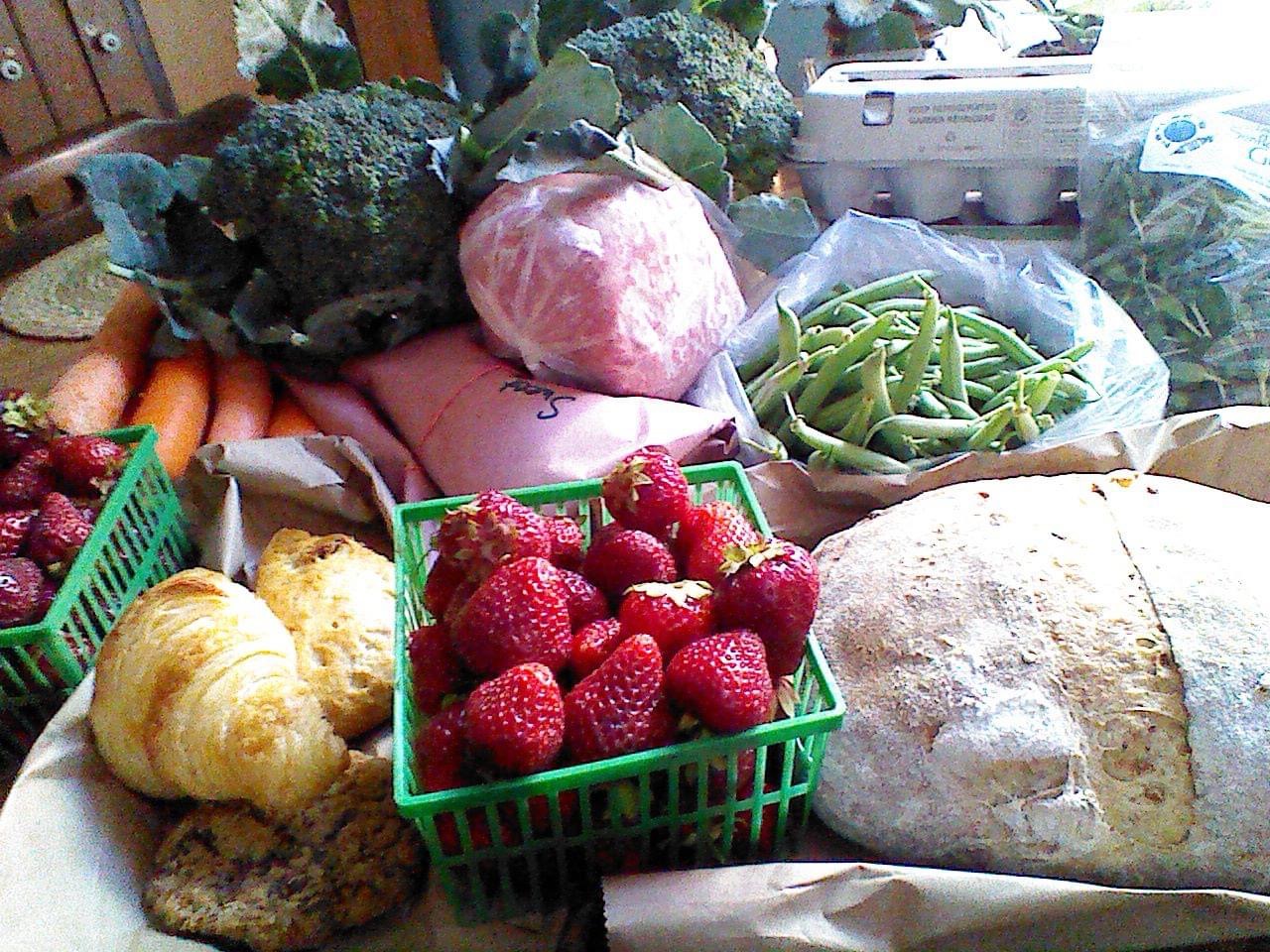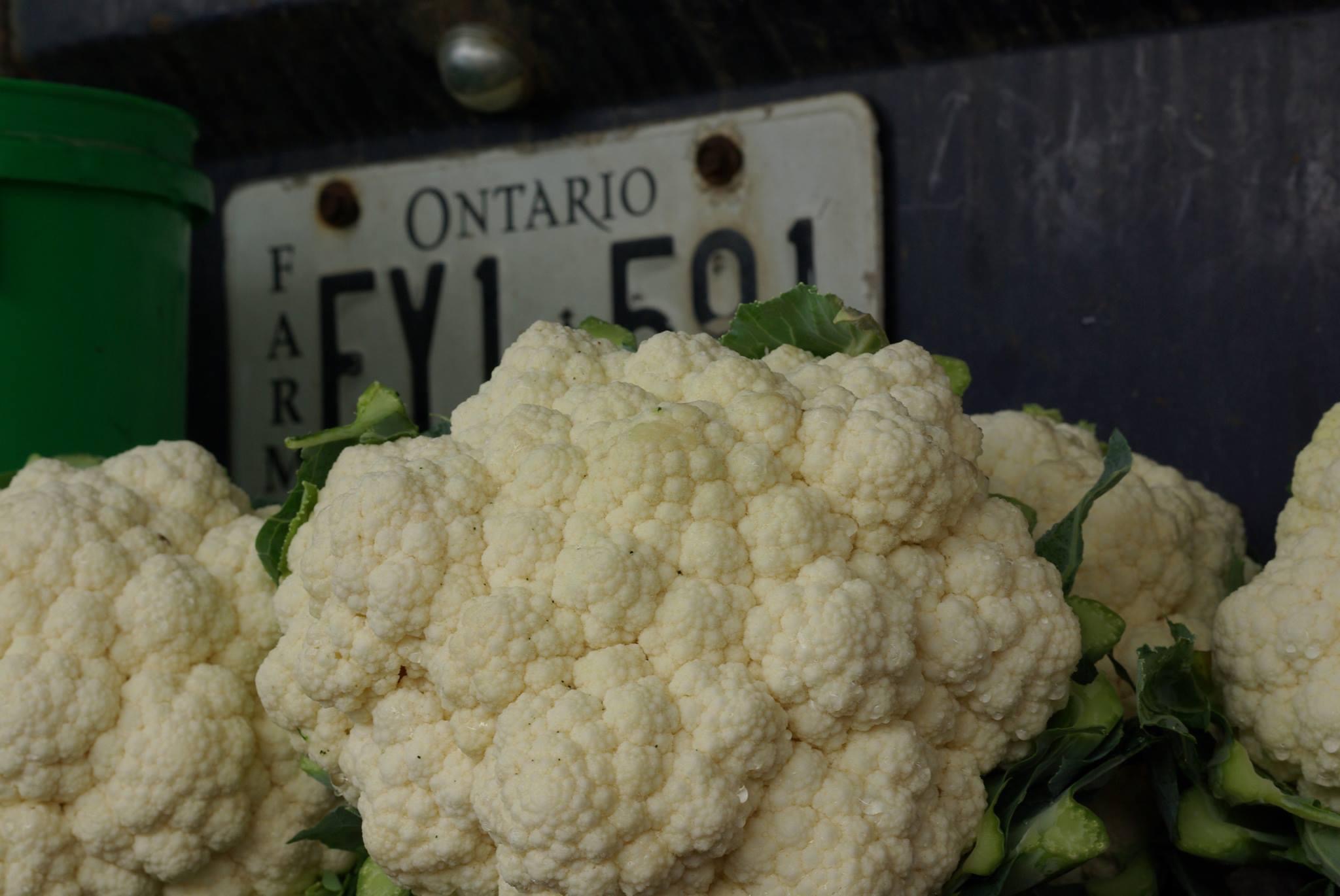Chapter 6
Are you a Locavore?
 Warm up Questions
Warm up Questions
- Have you ever been to a farmer’s market?
- Think about the last thing that you ate – what was it, and where did it come from? How many miles did it travel before you put it in your mouth?
- Check your knowledge of vocabulary for different types of diets with the matching exercise below.
Reading
Listen to the reading shown below.
- In 2005, a couple in British Columbia decided to try an experiment. They restricted the food that they ate to only items that were grown in their immediate area. This voluntary exercise meant that foods like bananas, white rice and mangoes were no longer part of their diet. Over time, they decided that they would eat food that was grown within a 100-mile radius of their apartment in Vancouver. Little did they know that their experiment would eventually lead to writing a book and sparking a food movement called the 100-mile diet.
- When food consumption is restricted in this way, community is enhanced. Locavores do not shop at big box stores because they go to farmer’s markets. Weekly shopping trips to the farmer’s market help to build connections between consumers and growers. Other producers may sell through online orders or independent stores. These business models enable direct contact between the shopper and the food producer. Statistics show that when money is spent within the community, it stays in the community. For instance, the farmer will use his income to pay a local mechanic or a child’s piano teacher. This regular contact between business and consumers means there is a framework of communication and support within the community.

- A very good example of the relationships that grow from the local food movement is a CSA. This is the Community Shared Agriculture (CSA) system that can be found seasonally across Canada. During the winter season, a farmer sells shares in future crops to customers; this list of customers helps to establish production guidelines. The investment from the customers before the goods are delivered gives the farmer stability. During the growing season, this farmer will supply a weekly food box of fresh produce to any member with a share. The box is full of seasonal fruits and vegetables and may or may not include extras like eggs or fresh flowers. As the growing season progresses, the items in the box change. In this way, the farmer is guaranteed income and support from a predetermined number of consumers. For anyone who has been to a CSA pickup, it feels like a weekly celebration of harvest with friends. Egg cartons or food boxes are exchanged for reuse, trials and tribulations are shared by the farmer, and the community bonds.
- Dietician Ellen Clancy argues that our bodies need food that changes with the seasons. When the food is grown locally, it offers people exactly the type of nutrition that is needed within the current season. Think about how the climate differs between Iqualuit, Nunavut and Saskatoon, Saskatchewan. Now think about the different foods available within 100 miles of those locations; diets for people living in either of those locations would be radically different. Think about the people who survived in those areas hundreds of years ago. They were unable to import foods and had to rely on what was at hand. This restriction did not have a negative impact because they were healthy, and they were physically active.
- Having direct contact with your food producer means that knowledge will be shared through direct communication. It would be possible to discuss the use of pesticides and chemicals or additives. In this partnership, the producer will be able to share knowledge about ripeness, storage, and ongoing availability with the consumer. A farmer may not have officially met the guidelines for producing organic food because that is a long process, but they may be able to verbally discuss his growing process. Supermarkets have great demand for perfect looking produce resulting in waste or rejected items. When there is direct contact between the grower and the consumer, this becomes less of an issue. There is an opportunity for the farmer to educate the consumer; for example, they could discuss the spots on the peaches which were a result of a storm in early June.
- Being a locavore is a win/win for the consumer and the producer. There is an ongoing connection that makes everyone healthier. It can be overwhelming to rethink a daily diet completely, so it may be easier to make the change in smaller steps. Canada’s food guide divides food into 3 broad categories – fruits and vegetables, proteins, and grains. Adopting a local diet may be easier if it involves working on one food group at a time. But be careful of the season – it is difficult to find strawberries in December in Ontario, unless you thought ahead and froze them! Being a locavore in Canada also means planning ahead.

Comprehension Questions
Answer the following questions in complete sentences.
- How was the diet of the British Columbia couple restricted?
- How is community enhanced by this type of diet?
- What is CSA and how does it work?
- Why does Ellen Clancy think a local diet is a good idea?
- Having direct contact with a farmer you buy vegetables and/or fruit from means you can talk to them. What ideas does the writer suggest can be shared?
- There are different reasons for restricing diet. What are some reasons that people may restrict the type of food that they eat?
- What are other benefits of a local diet?
Vocabulary Words
Listen to the pronunciation of the words listed below.
ahead
availability
bond
category
consumer
couple
enables
establish
framework
guideline
instance
investment
involves
production
restriction
share
stability
statistics
survived
voluntary

